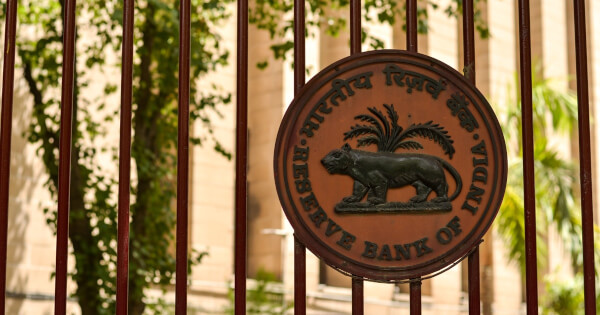The Unified Payments Interface (UPI), which is India’s national payment network, is now merging with the PayNow quick payment system in Singapore in order to broaden the scope of its services beyond the boundaries of India. The service was inaugurated by Shaktikanta Das, governor of the Reserve Bank of India, and Ravi Menon, managing director of the Monetary Authority of Singapore, via the use of token transactions made possible by the connectivity between UPI and PayNow.
Through the integration of UPI and PayNow, users in both countries will have the ability to transmit money rapidly across international boundaries. It is possible to transfer or receive money from India by using merely a UPI-id, a cellphone number, or a virtual payment address for money that is housed in bank accounts or electronic wallets. The instant real-time payment method offered by UPI enables the quick transfer of funds between two bank accounts via the use of a mobile app.
At the outset, the State Bank of India, the Indian Overseas Bank, the Indian Bank, and the ICICI Bank will act as facilitators for outbound remittances. Both Axis Bank and DBS Bank India will work to make it easier to receive money sent from outside. Users in Singapore will get the service through DBS Bank and Liquid Group as the providers.
The ICICI Bank is also participating in the Central Bank Digital Currency (CBDC) scheme that is being implemented in India. The CBDC pilot program in India was first introduced in two stages: the first was in November 2022 for the wholesale sector, and the second was in December for retail consumers. Since the beginning of the pilot program, the digital rupee initiative has recorded 770,000 transactions that have been conducted by eight different banks. There are now five cities taking part in the experiment, and there is a possibility that nine other cities may join the study shortly.
“This is a significant value addition for India’s payment rails considering that there is close to 30 percent of the people in Singapore who are expatriates, and that they transfer money to India once a month or once every three months. Because of this integration, friction is eliminated, which in turn reduces processing time and costs.
The introduction of COVID-19 has contributed significantly, over the course of the previous several years, to the expansion of India’s digital payment infrastructure. However, the government is wary of cryptocurrencies and has imposed a tax of thirty percent on any earnings made from their use. This has caused big participants in the industry to leave the nation. The government, on the other hand, is eager to use blockchain technology for its CBDC program, with the expectation that current infrastructure would assist in scaling up its CBDC program.
Credit: Source link
























